Luckily, our daughter had the very good idea to put "pocket doors" in the dividing wall between the kitchen and living room. This would let us close off the kitchen or living room area without interfering with the floor/air space. You can see where the dividing wall will be placed between the two rooms in these pictures. It's where the metal frame juts out from the wall:
In order to let maximum natural light in to the living room from the kitchen, even when we close the doors, we were hoping to find a set of sliding narrow "French doors" like the ones in the two photos below. What could be easier we thought, than buying glass pane french pocket doors in France? After all, isn't that where they came from?
Lepeyre, Scrigno, Eclisse - lots of brands have high end sliding doors that can be hung on rails or made to disappear into your wall - but none of them look like French doors. Many are quite futuristic and made of glass, with designs etched or embedded into them. So much choice, but none of it looked like what we had envisioned. Some of it rather scary...
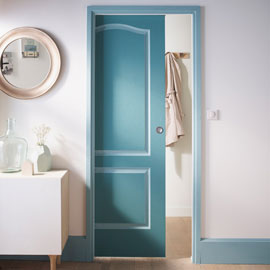
Should we consider solid doors after all, as perhaps the
only traditional alternative, or would these be too staid?
We would paint them white or ivory - not aqua.
These are from Castorama. Too provincial, even for the
provinces?
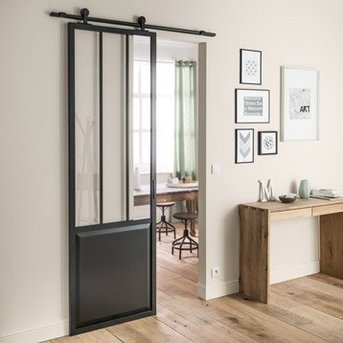
Then there is this look, which the stores call
"atelier," that seems more appropriate for a
small Paris apartment with post-industrial reclaimed everything. The door is painted aluminum.
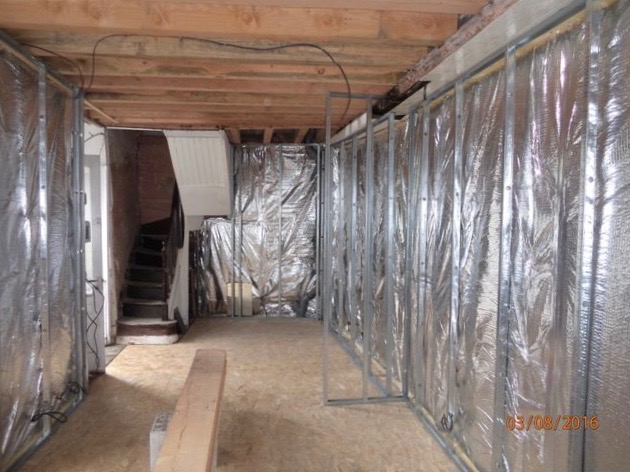
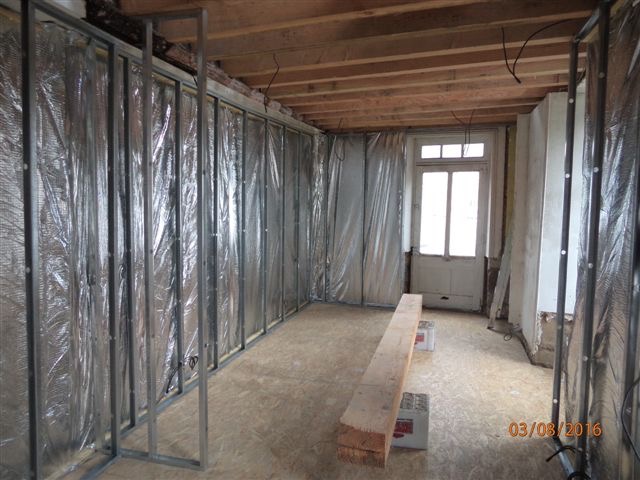
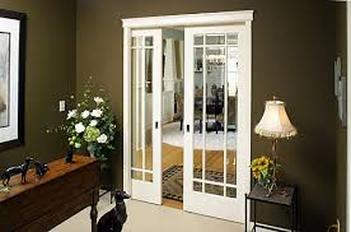
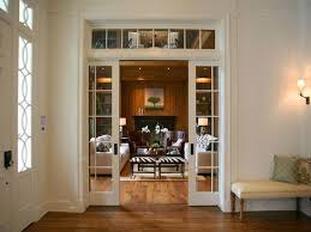
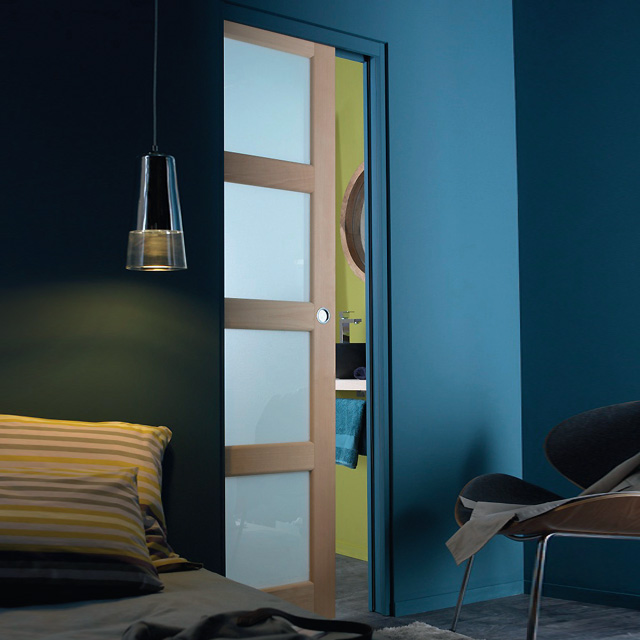
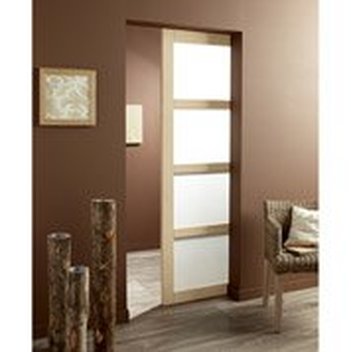
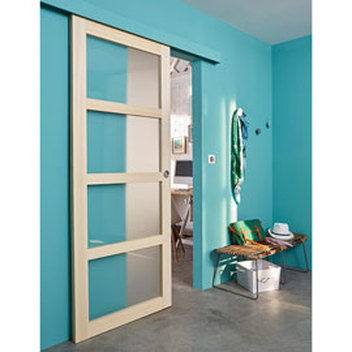
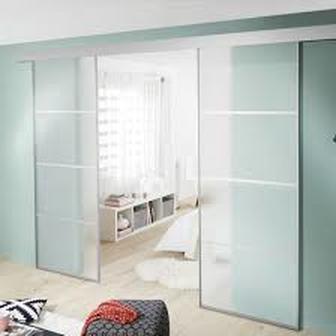
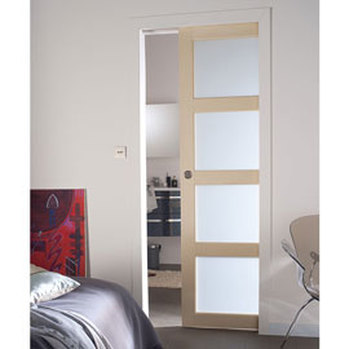
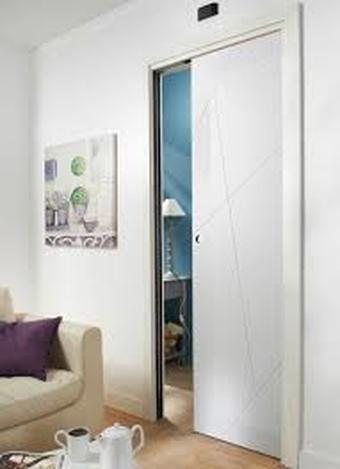
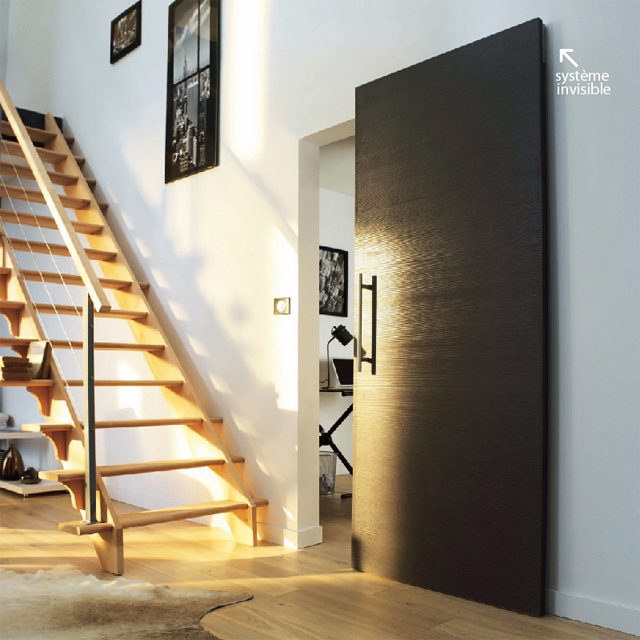
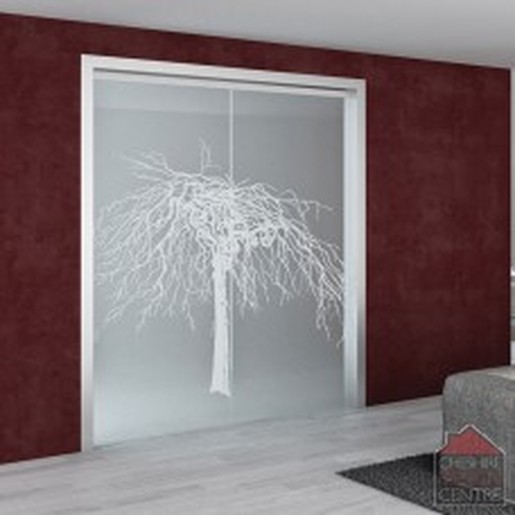
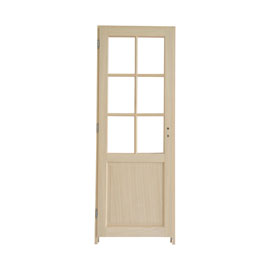
 RSS Feed
RSS Feed